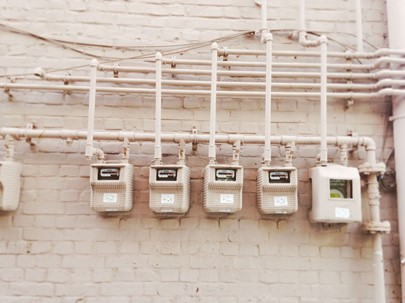If you’ve noticed flickering lights in your home, power outages in your office, or increasing energy bills at the end of each month, it may be time to consider upgrading your old electrical systems. While the process can seem daunting and costly, the reality is that modernizing your outdated electrical system is often a cost-effective solution that will save you money in the long run. Let’s discuss what to consider when upgrading an old electrical system.
Safety First!
Before making any decisions about upgrades or replacements, safety must always be your top priority. Check circuit breakers and wiring for any damage or wear and tear, and ensure that all outlets are properly grounded and up-to-date with current safety standards. Additionally, consider updating any extension cords or surge protectors that have been used for more than five years. Older wires can easily overheat and become fire hazards if not regularly replaced.
Update Your Power Sources
If your home or business has an older electrical system with aluminum wiring, it may be time to switch to copper wiring. Copper is more durable and reliable than aluminum for conducting electricity, so it is safer for carrying larger amounts of power over longer distances. Copper wiring also has less resistance than aluminum wiring, allowing faster charging times so you won’t have to wait around as long to get back online after a power outage.
Improve Energy Efficiency Upgrading an old electrical system can also improve its energy efficiency by reducing wasted electricity through better insulation on wires and connections. By investing in newer equipment such as ‘smart’ meters or energy management systems that monitor usage patterns throughout the day, you can identify areas where energy consumption could be reduced to save money on utility bills while still providing enough power for daily operations. Furthermore, if specific appliances within the facility require a higher voltage than what is currently available from the existing electrical system, installing a new transformer may help improve efficiency while still supplying adequate amounts of power where needed most.
It’s important to remember that when considering an upgrade of an old electrical system, safety should always come first – both during installation and afterward with regular maintenance checks – before any other considerations about cost savings or improved performance take precedence. With proper research into local regulations regarding wiring standards and updated technology such as smart meters available today, upgrading an old electrical system doesn’t have to be complicated or expensive.
Instead, it can offer long-term savings while improving overall efficiency levels across the entire building complex – now and in the future! By taking these measures now, you’ll be able to ensure the smooth functioning of all necessary operations well into the future without worrying about unexpected breakdowns due to aging components or outdated technology.












